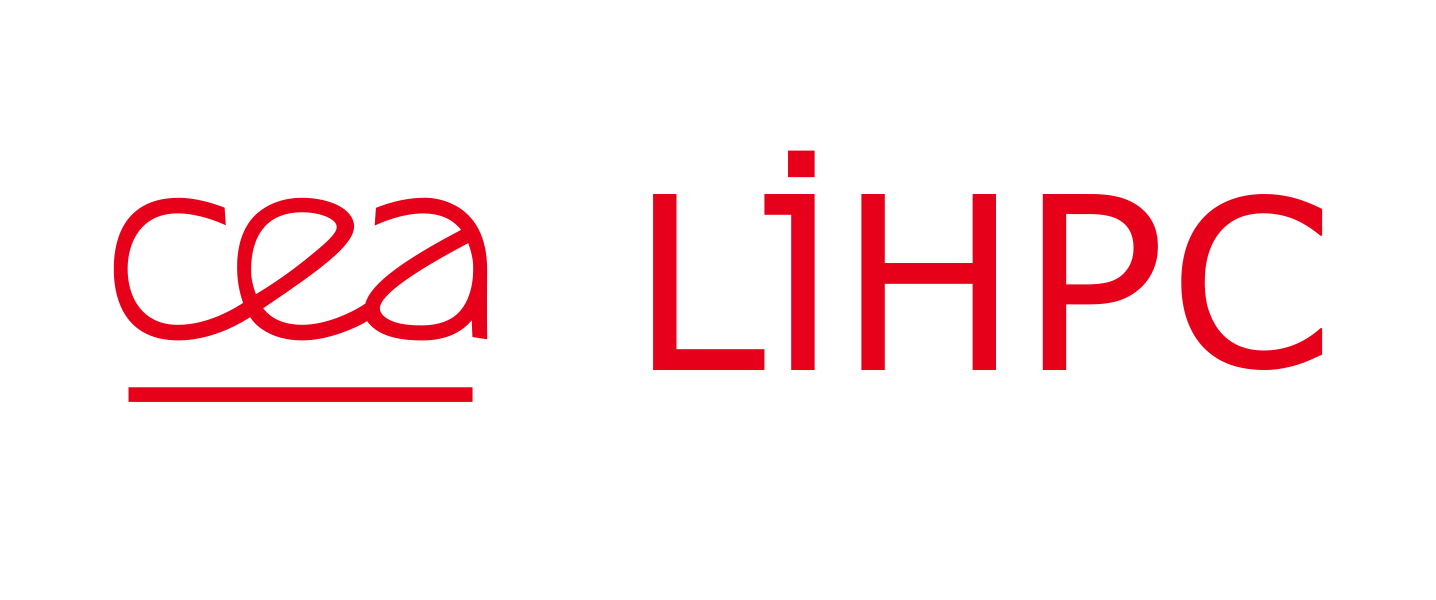Claire ROCHE est actuellement doctorante au CEA, encadrée par Jérôme BREIL et Thierry HOCQUELLET. Son directeur de thèse est Franck LEDOUX, Ingénieur Chercheur HDR du CEA.
Le sujet de thèse de Claire est le suivant : “Génération automatique de maillage hexaédrique pour la rentrée atmosphérique”. L’objectif de ces travaux est de mettre en place une méthode de génération automatique de maillages 3D destinés à un code de calcul de mécanique des fluides, développé pour la rentrée atmosphérique. Ces simulations nécessitent un contrôle important des tailles et directions des mailles. A notre connaissance, la génération de ce type de maillage est effectuée à la main à l’aide de logiciels dédiés, ce qui représente un coût en temps non négligeable. Ainsi, dans ces travaux, en posant un certain nombre d’hypothèses sur le domaine cohérentes avec les simulations qui doivent être effectuées, un algorithme est développé pour rendre cette génération la plus automatique possible.
Ces travaux sont développés au sein de la bibliothèque GMDS.
Proceedings of the 2024 International Meshing Roundtable (IMR), 2024

abstract
Abstract
Computational analysis with the finite element method requires geometrically accurate meshes. It is well known that high-order meshes can accurately capture curved surfaces with fewer degrees of freedom in comparison to low-order meshes. Existing techniques for high-order mesh generation typically output meshes with same polynomial order for all elements. However, high order elements away from curvilinear boundaries or interfaces increase the computational cost of the simulation without increasing geometric accuracy. In prior work [5, 21], we have presented one such approach for generating body-fitted uniform-order meshes that takes a given mesh and morphs it to align with the surface of interest prescribed as the zero isocontour of a level-set function. We extend this method to generate mixed-order meshes such that curved surfaces of the domain are discretized with high-order elements, while low-order elements are used elsewhere. Numerical experiments demonstrate the robustness of the approach and show that it can be used to generate mixed-order meshes that are much more efficient than high uniform-order meshes. The proposed approach is purely algebraic, and extends to different types of elements (quadrilaterals/triangles/tetrahedron/hexahedra) in two- and three-dimensions.
Abstract
Quad meshing is a very well-studied domain for many years. Although the problem can generally be considered solved, many approaches do not provide adequate inputs for Computational Fluid Dynamics (CFD) and, in our case, hypersonic flow simulations. Such simulations require very strong monitoring of cell size and direction. To our knowledge, engineers do this manually with the help of interactive software. In this work we propose an automatic algorithm to generate full quadrilateral block structured mesh for the purpose of hypersonic flow simulation. Using this approach we can handle some simulation input like the angle of attack and the boundary layer definition. We will present here 2D results of computation on a hypersonic vehicle using the meshes generated by our method.
International Meshing Roundtable, 2023

abstract
Abstract
Quad meshing is a very well-studied domain for many years. While the problem can be globally considered as solved, many approaches do not provide suitable inputs for Computational Fluid Dynamics (CFD) and in our case for supersonic flow simulations. Such simulations require a very strong control on the cell size and direction. To our knowledge, engineers ensure this control manually using interactive software. In this work we propose an automatic algorithm to generate full quadrilateral block structured mesh for the purpose of supersonic flow simulation. We handle some simulation input like the angle of attack and the boundary layer definition. Our approach generates adequate 2D meshes and is designed to be extensible in 3D.
Abstract
The ablation of a vehicle during atmospheric reentry leads to a degradation of its surface condition. Ablated wall interacts with the boundary layer that develops around the object. The deformation can be seen as a ripple or a roughness pattern with different characteristic amplitudes and wavelenghts. The effect of this defect on the flow is taken into account either by means of modelizations or by direct simulation by applying the strains to the mesh. Mesh adaptation techniques can be used in order to take into account wall deformations during a simulation. The principle is to start from an initially smooth mesh, to apply a strain law, then to use regularization and refinement methods. The meshes will be adapted for use in a parallel CFD Navier-Stokes code. A refinement of the mesh close to the wall is required to correctly capture the boundary layer [2], but also to accuratly represent the geometry of the wall deformation. For the numerical methods used, a constraint of orthogonality is added to the mesh impining on the wall. The developments are for the moments, carried out in an independent external tool. The regularization methods are compared on results of simulations with different meshes. The method can be easily coupled with a CFD code and can be extended to 3D geometries.







